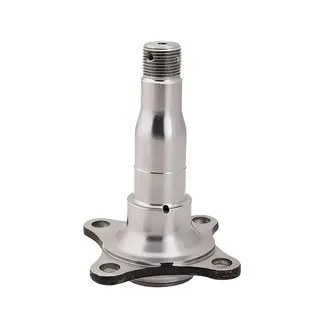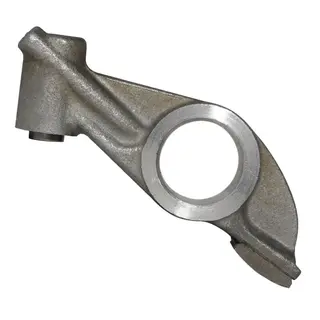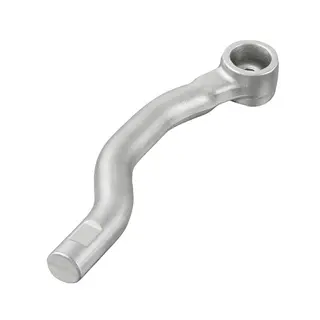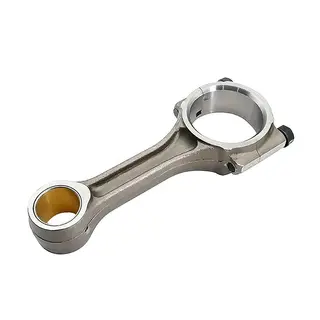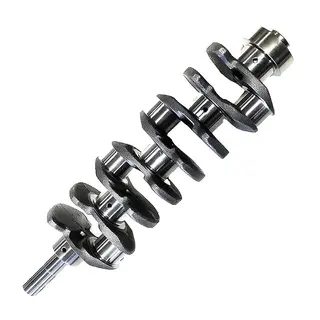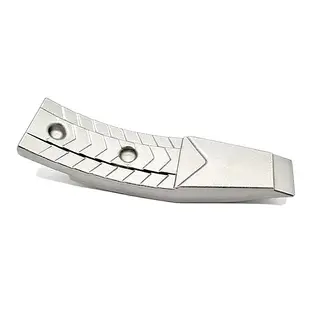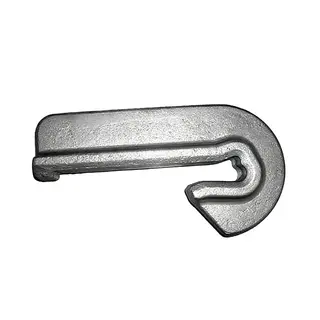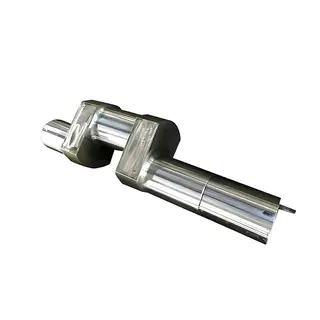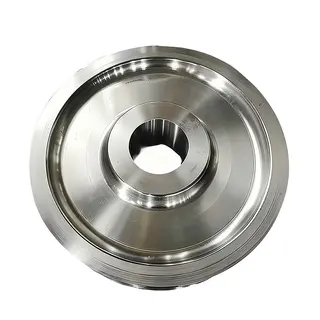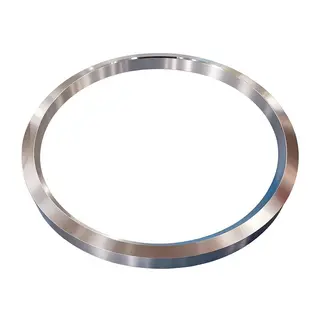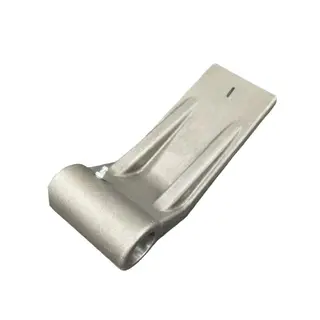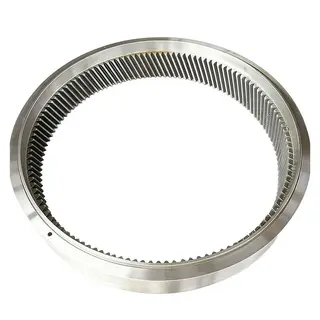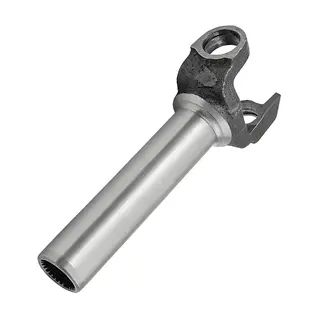Alloy steels can contain a variety of alloying elements such as nickel, chromium, molybdenum, manganese, and vanadium. These elements are added to achieve specific properties that meet the needs of different industrial applications. The AISI/SAE classification system includes around 100 grades of alloy steel, with carbon content ranging from as low as 0.10% to up to 1.0%. Some common grades used in forging include:
AISI 4130 and AISI 4140: Widely used in automotive, agricultural, and defense industries for making gears, shafts, spindles, fixtures, and jigs.
AISI 4330V: Modified with vanadium for higher tensile strength and impact resistance, often used for oil tools and drilling applications in the oil and gas industry.
AISI 52100: A high-carbon chromium steel, used in bearings and other high-stress applications, known for its excellent fatigue properties.
AISI 8620 and AISI 8615: Nickel-chromium-molybdenum steels used for case-hardening, ideal for fasteners, camshafts, and gears.
The addition of alloying elements significantly alters the properties of steel, providing enhanced characteristics compared to carbon steel. Key benefits of alloy steel forgings include:
Increased Strength: Elements like molybdenum, chromium, and vanadium enhance tensile and yield strength.
Improved Toughness: Alloying elements like nickel and manganese increase the material's ability to absorb energy without fracturing.
Enhanced Durability: Higher resistance to corrosion, heat, and wear makes alloy steels ideal for demanding environments such as high-pressure and high-temperature applications.
Superior Impact Resistance: Alloys like AISI 4330V are specifically designed for high-impact, sub-zero, and fatigue-resistant applications.
Heat treatment plays a critical role in achieving these enhanced properties. Depending on the grade, alloy steel can undergo processes such as annealing, normalizing, and quenching, to further refine its mechanical attributes. For example, AISI 4130 undergoes normalizing and tempering processes to prevent temper brittleness, a phenomenon that can occur in steels with inadequate molybdenum content.
The process of forging alloy steel is crucial for achieving the desired mechanical properties. Forging involves shaping the steel under high pressure while it is heated to a temperature above its recrystallization point. This process improves the internal grain structure, reducing defects and increasing the strength, toughness, and fatigue resistance of the finished part. The quality of the forging is heavily influenced by factors such as the heating temperature, forge reduction techniques, cooling rate, and subsequent heat treatments.
Alloy steel forgings are essential in industries requiring parts that can withstand high stress, high wear, or extreme temperatures. Some of the most common applications include:
Aerospace: Alloy steels are used to produce high-performance aircraft components like landing gear and turbine blades.
Automotive: Parts such as crankshafts, gears, camshafts, and fasteners are forged from alloy steel for their high strength and impact resistance.
Oil and Gas: Alloy steels like AISI 4130 are used for manufacturing valve bodies, pumps, and other equipment that endure harsh environments.
Agriculture: Heavy machinery and tools are often forged from alloy steel for improved durability and long service life.
